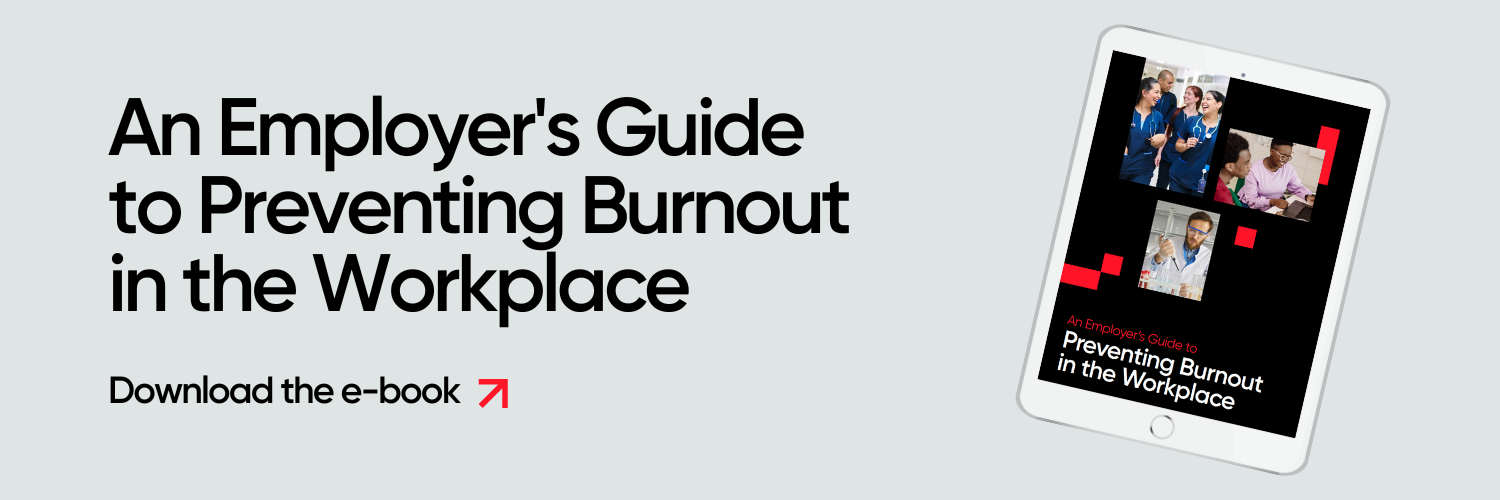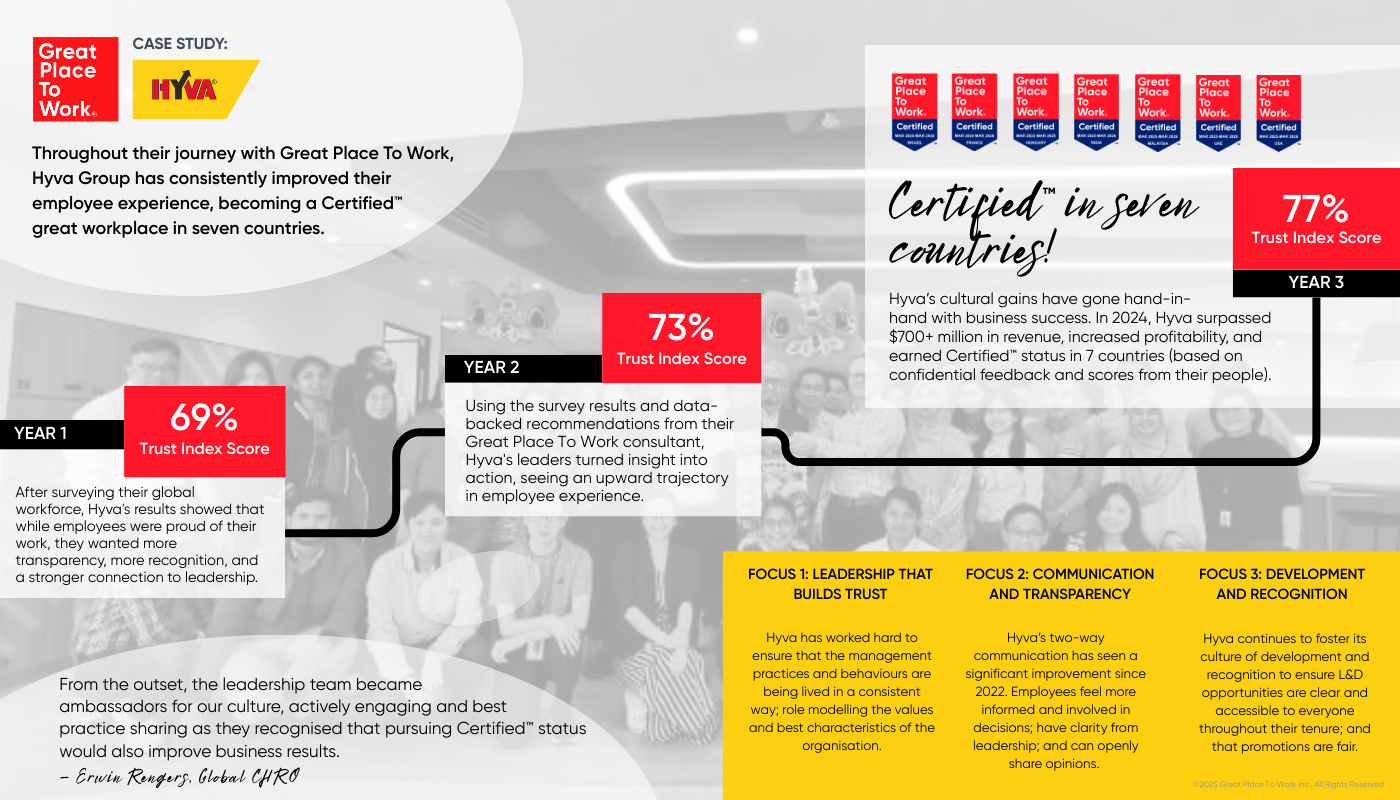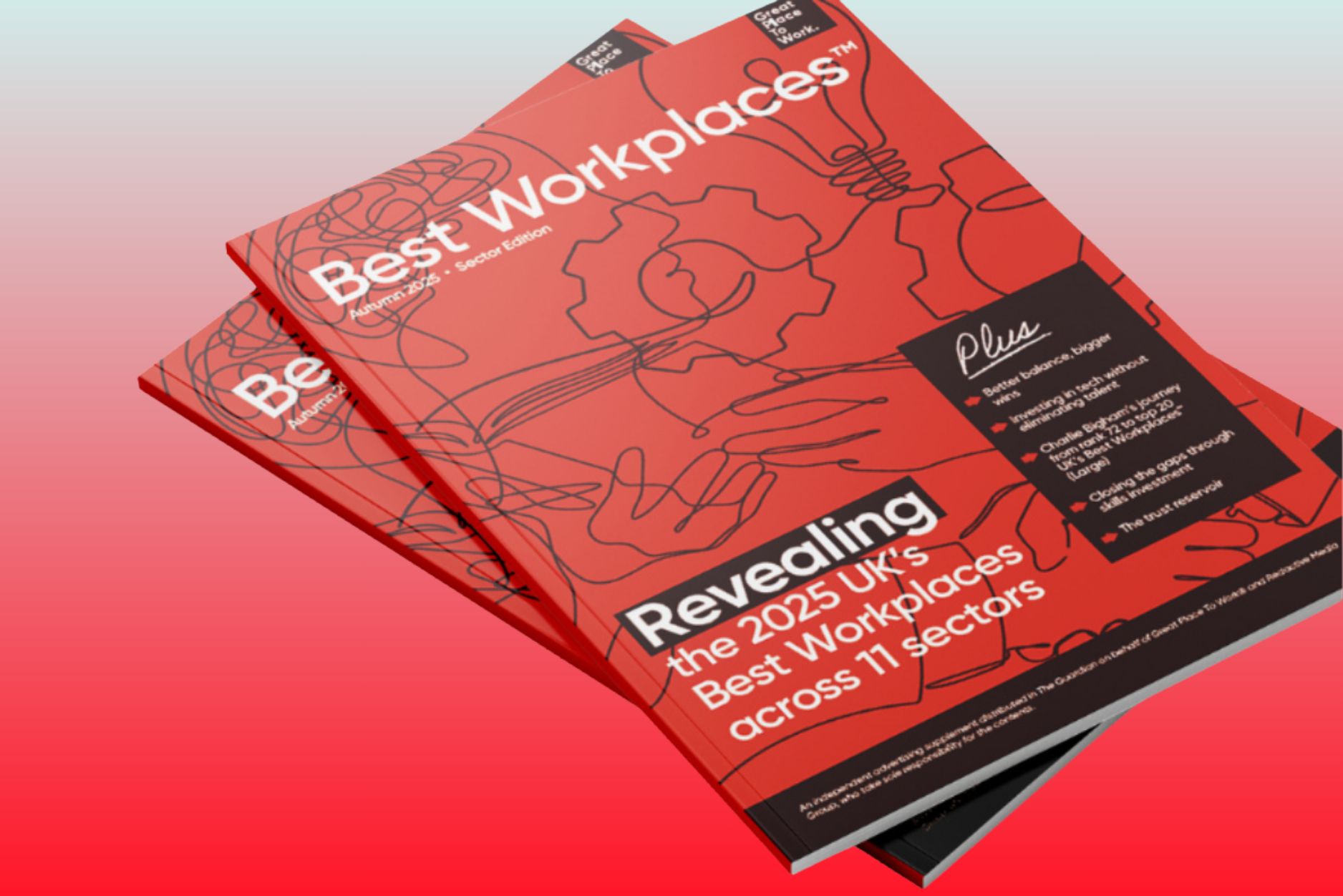When the New Zealand Prime Minister admitted she no longer had "enough left in the tank" to continue, she proved that no-one is immune to burnout. What lessons can leaders take from her resignation?
Although Arden didn't explicitly cite workplace burnout as her reason for leaving office, she described the textbook symptoms.
"I know what this job takes, and I know that I no longer have enough in the tank to do it justice," she said. "Politicians are human. We give all that we can, for as long as we can, and then it’s time. And for me, it’s time.”
Her refreshing honesty has sparked an important conversation about burnout, mental health and stress at work - so what can leaders learn from this?
1. Burnout can affect anyone
From the Covid-19 pandemic to the country's worst ever mass shooting, Arden's tenure as Prime Minister was not without its challenges. She retained her composure throughout, however, and was praised from around the world for how she dealt with these difficulties. This is partially why it was such a shock that she chose to resign, and it just goes to show that burnout can affect anyone.
Even employees who aren't showing signs of stress and are performing well may be suffering behind the scenes. Because of this, checking in with employees and creating a culture where issues like burnout can be discussed without judgement is vital.
2. Women are more likely to suffer from burnout
Although no-one is immune to burnout, women are disproportionately affected. At 37, Arden was the youngest ever female head of government, and only the second to give birth whilst in office. The pressures and scrutiny that came along with this undoubtedly added to the strain of an already high-stress job. Even after her resignation, her gender was the focus of many articles, with the BBC coming under fire for their (since changed) headline "Jacinda Arden Resignation: Can Women Have it All?"
Disparities between different demographics cannot be ignored when it comes to burnout, and this is just another reason why creating a great workplace for all is imperative.
3. A lack of work-life balance will always lead to burnout
In her resignation speech, Arden said she was "looking forward to spending time with [her] family again" - being there when her daughter starts school and finally marrying her partner. The toll of being away from family and constantly having to prioritise work would have surely added to Arden's feelings of burnout. Of course, not every employee has the weight of running a country on their shoulders - but the key to longevity in any career is a great work-life balance.
83% of employees at Best Workplaces agree that people at their organisation are encouraged to balance their work and personal lives, compared to just 47% at other workplaces. That's no coincidence - a healthy work-life balance is part of what makes these workplaces great, and is vital to protecting against employee burnout.
4. Learn to support employees when they need to say no
With rising numbers of people experiencing job burnout in the past few years, it's an increasingly talked about topic. However, it's still something many employees would not feel comfortable admitting. Arden's honesty was a sign of strength, not weakness, and a reminder that it's okay to say no when you need to. Allowing employees the space to be honest about their wellbeing and admit when they're struggling is a crucial aspect of being a great workplace.
It's far better to work with employees who may have too much on their plate or are starting to feel burnt out than to wait until they don't have "enough left in the tank." Pre-emptively talk to your employees about their workload, their stress levels and any accommodations or adjustments that may help them. It could prevent you losing them in the future.
Find out how burnout is affecting your employees and what you can do to help with our employee surveys.
.png)











